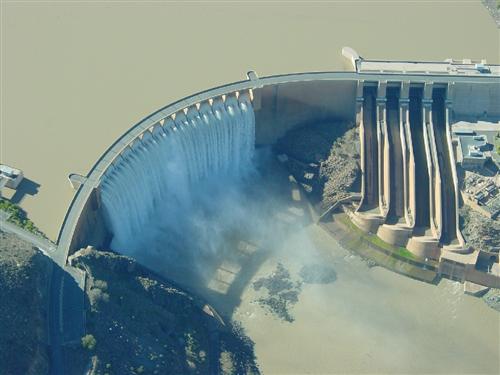Water temperature is one of the most important determinants of water quality because it can impact the following:
-
Dissolved oxygen levels. The solubility of oxygen decreases as water temperature increases.
-
Chemical processes. Temperature affects the solubility and reaction rates of chemicals. In general, chemical reactions proceed more rapidly at higher temperatures.
-
Biological processes. Temperature affects metabolism, growth, and reproduction.
-
Species composition of the aquatic ecosystem. Many aquatic species can survive only within a limited temperature range.
-
Water density and stratification. Water is most dense at 4ºC. Differences in water temperature (and hence density) between layers of water lead to stratification and seasonal turnover in lakes.
-
Environmental cues for life-history stages. Changes in water temperature may act as a signal for aquatic insects to emerge or for fish to spawn.
The most important source of heat for fresh water is generally the sun, although temperature can also be affected by the temperature of water inputs (such as precipitation, surface runoff, groundwater, and water from upstream tributaries), heat exchanges with the air, and heat lost or gained by evaporation or condensation.
Water temperature fluctuates between day and night (diurnal temperature changes) and over longer time periods (for example, seasonally). In the spring, snowmelt in the highlands of Lesotho can reduce the water temperature to below the ambient air temperature.
Water temperature varies along the length of a river with latitude and elevation, but can also vary between small sections only metres apart, depending on local conditions. For example, a deep, shaded pool is cooler than a shallow, sunny area. In lakes, temperature can vary with depth, according to mixing characteristics and the depth to which sunlight penetrates. Surface water is usually between 0ºC and 30ºC, although hot springs may exceed 40ºC.

Vanderkloof Dam, South Africa - water held in dams has a temperature gradient, which decreases with depth.
Source:Van Wyk 2002
( click to enlarge )
